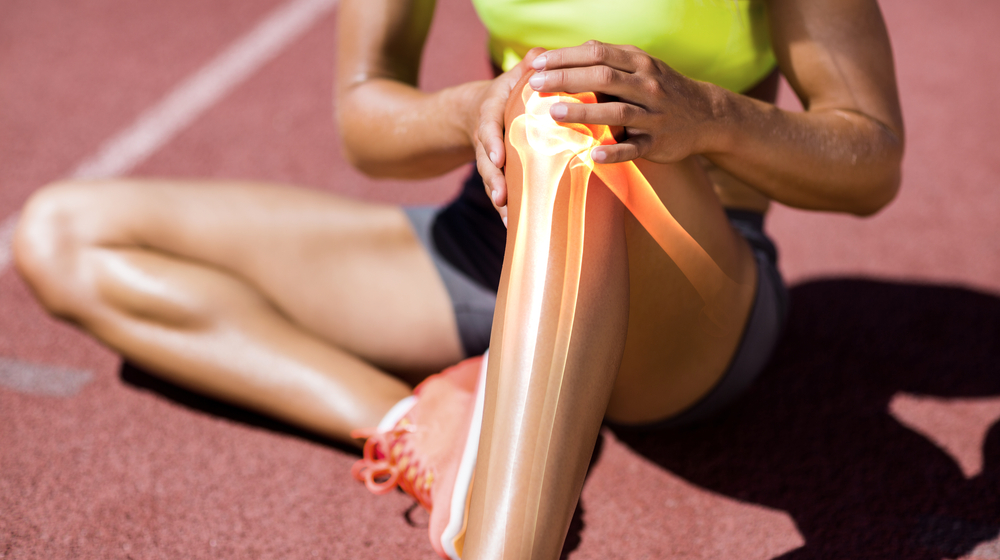Sports injuries have become very commonplace, whether you are playing on a competitive hockey team or are going out for beer league with your friends. Something to keep in mind is that there is always a risk when gearing up to play any sport, but the good news is that this is a risk you can make a change to so you don’t end up at a sports injury clinic.
You can decrease this risk by ensuring you complete a proper warm-up routine, which includes a gradual increase in cardiovascular work (get that heart rate up!), a mix of flexibility and mobility work in the form of dynamic stretching, and neuromuscular exercise to “rehearse” what the muscles will be doing while performing.
Cardiovascular
Warming up with cardiovascular activity, such as walking at a brisk pace or a light jog will benefit you by increasing blood flow throughout your body, improving nutrition to your muscles and decreasing the likelihood of injuring yourself (Shellock 2016). The key to this is to feel like your heart rate is increased and get a light sweat prior to your sporting activity.
Mobility
When you first think of stretching, your mind probably wanders to static stretching, where you hold a stretch for a set amount of time. It has been found that in doing this, you temporarily decrease the amount of power output that the stretched muscle could produce, which can affect your performance during sport.
Dynamic stretching, on the other hand, is shown to increase strength prior to the competition when compared to static stretching (Page 2012). Dynamic stretching is the process of moving a limb through its full range and repeating several times in a slow controlled manner. Developing a routine to hit the key muscles you will be using before your sport is helpful to decrease the risk of sports injury.
If you’re unsure about what type of dynamic stretching you should be doing for a particular sport, discuss this at your next sports therapy appointment in Calgary. Your physiotherapist will provide a dynamic stretching routine that is conducive to your activity.
Neuromuscular exercise
Before you start thinking that you need to do a full workout before heading out to the court/ice/field, fear not. What is meant by neuromuscular exercises is to increase the body’s awareness of the arms, legs, trunk, and heads position in space. This can be accomplished by practicing slow deliberate movements prior to competition, such as skate bounders for hockey, or practicing a slow approach to jumping for volleyball or basketball. Balance is also another key to this type of activity. It has been shown to help reduce the risk of injury and help keep athletes moving and in their sport (Hubscher et al 2010).
By completing these three easy activities before your main activity, you will decrease the likelihood of needing sports injury treatment and will increase your performance. If you do not know if an activity would be appropriate for you or you would like ideas around what exercises to perform you can always consult with your physiotherapist who will help guide your sports injury management and prevention.
References
Hubscher, M et al. 2010. Neuromuscular training for sports injury prevention: a systematic review. Medicine and science in sports and exercise.
Page, P. 2012. Current concepts in muscle stretching for exercise and rehabilitation. International journal of sports physical therapy.
Shellock, F. 2016. Physiological benefits of warm-up. The physician and sports medicine.





